OK, so here are the system specs I will at least have in the end, and may get better over time.
| RAM in minimal system | 32 KiB |
| maximum RAM | Newer motherboard to support up to 96KiB |
| video resolution | VGA or lower |
| Disk space in minimal system | 64 KiB EEPROM |
| expansion slots | 0-8 |
| Extra features | |
| main system clock speed | 4 MHz |
| OS | ??? |
This is the third fourth attempt at getting this thing working, and it seems to be getting easier and cheaper over time. I think this time I'll get it right. Things on the board do quite a bit already, because there aren't really any errors in the PCB (I need a new motherboard...)
CPU clock speed auto adjust
The RAM I am using is BLAZING fast. Not very retro, but whatever. The EEPROM, however is very slow. 150ns. If the EEPROM is deselected, why not go at a faster speed? The CPU I have can handle 20Mhz. New logic in my motherboard (see logs) allows faster speeds, but the other devices can only handle a small boost. I am going to cap the speed at 8MHz for now, assuming EEPROM is unused.
Motherboard
I like the concept of motherboards. I'm just used to it from building computers. I have ordered 5 motherboards from easyEDA. RTC is supported, but I when I ordered the RTC chips they sent me the wrong chips! I will work on other stuff for now.
 Dylan Brophy
Dylan Brophy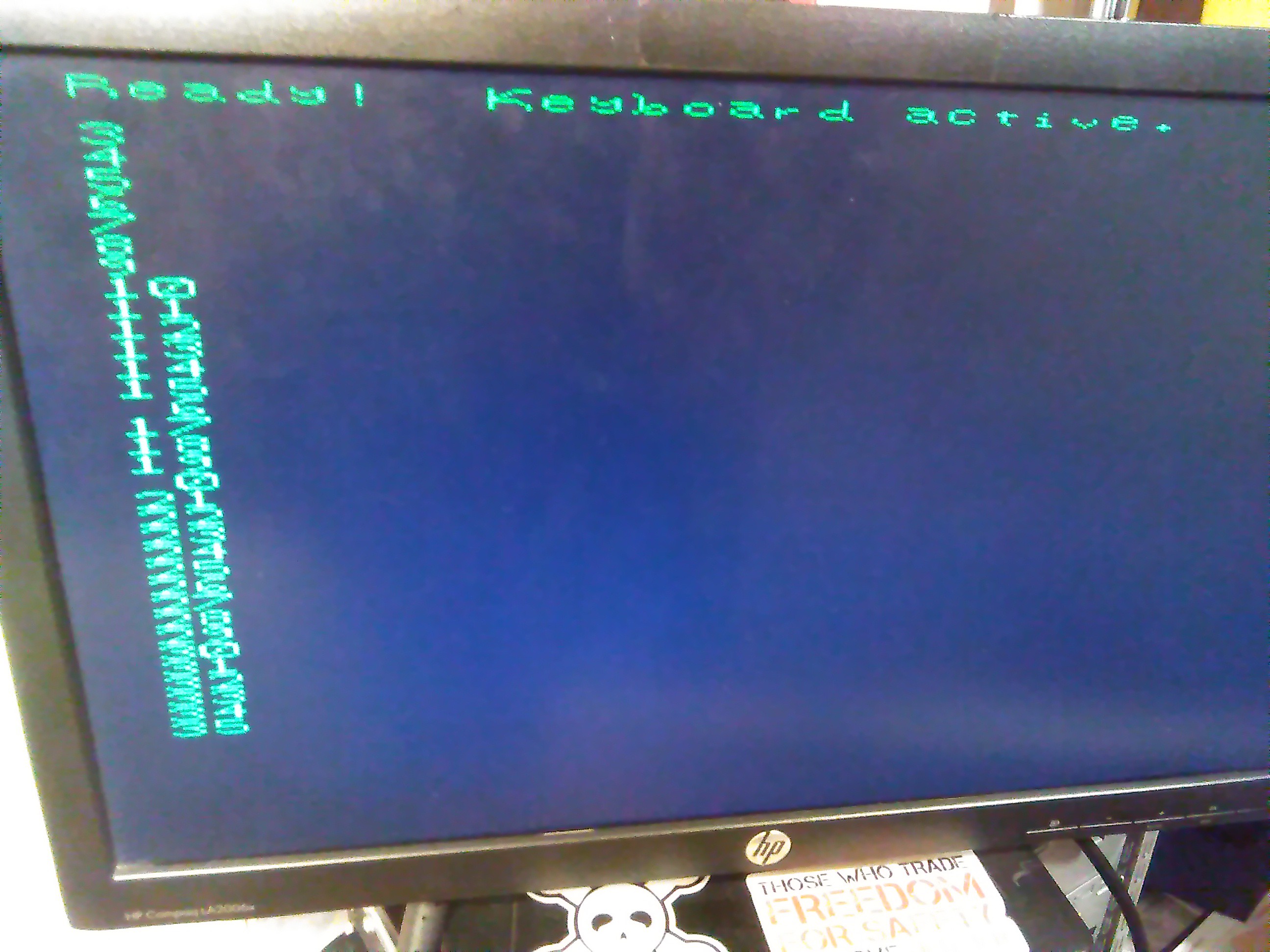
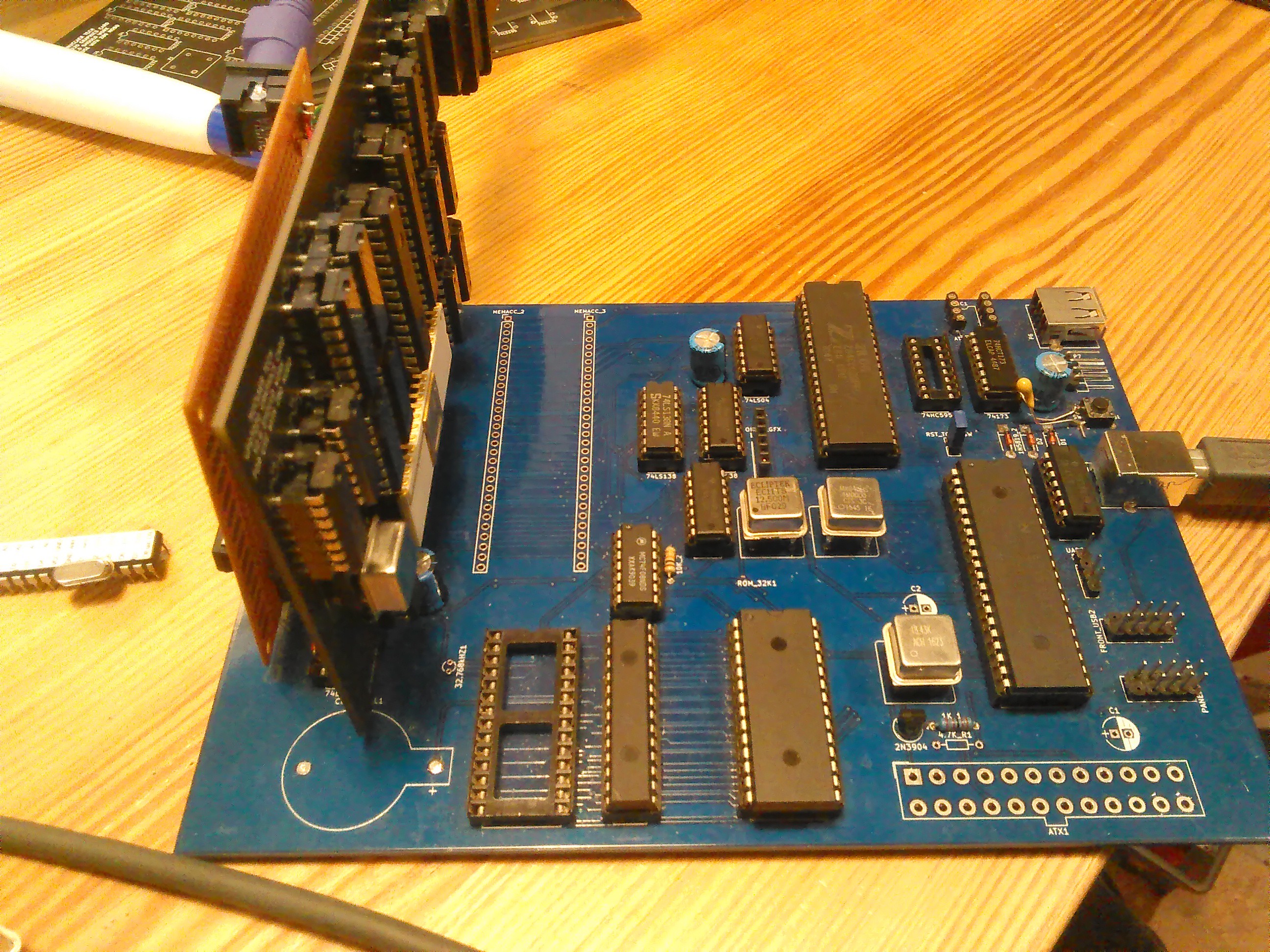
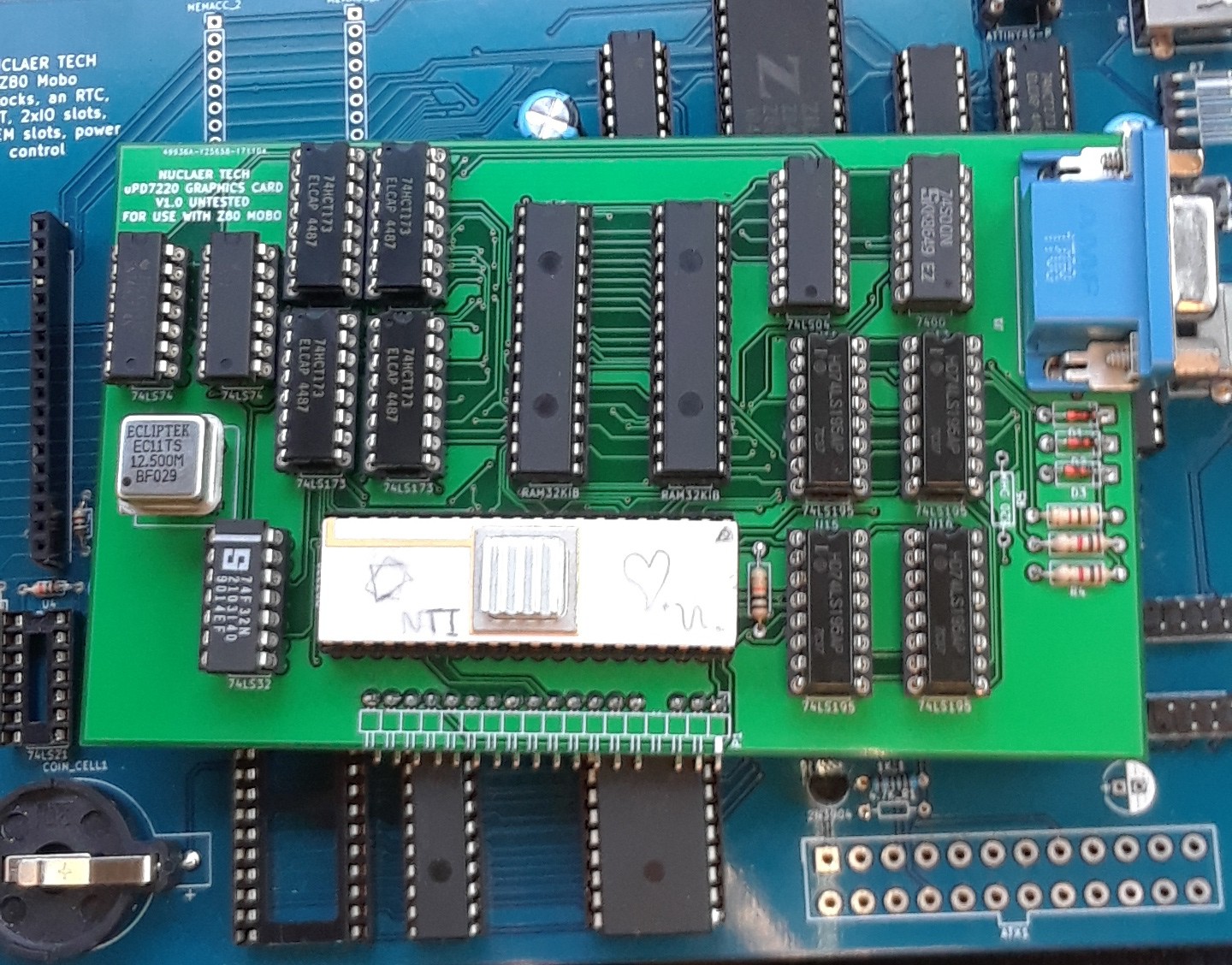
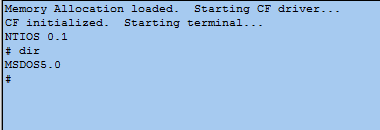
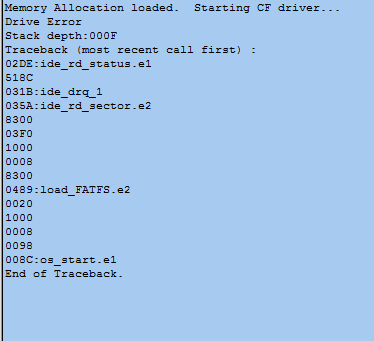

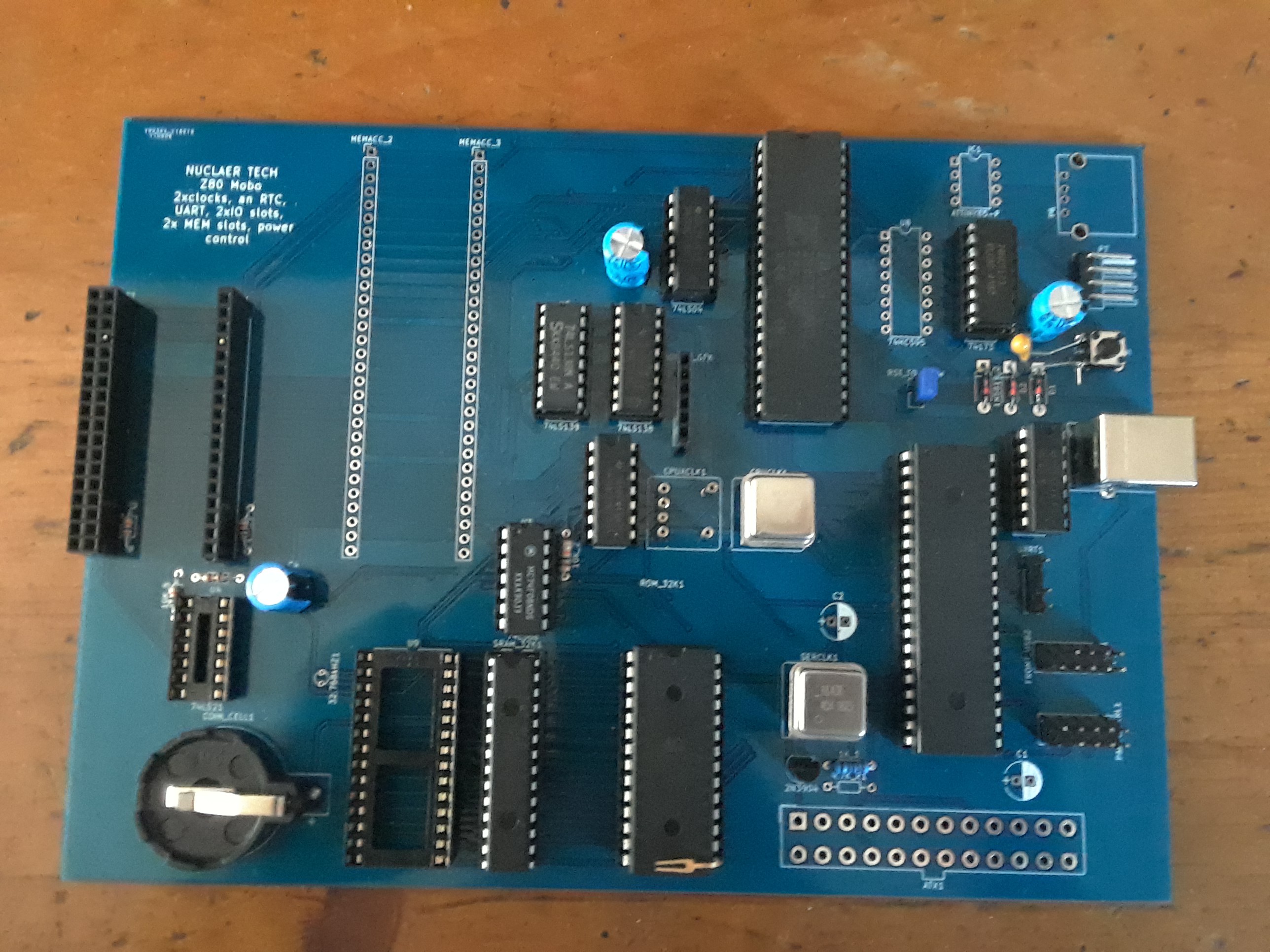
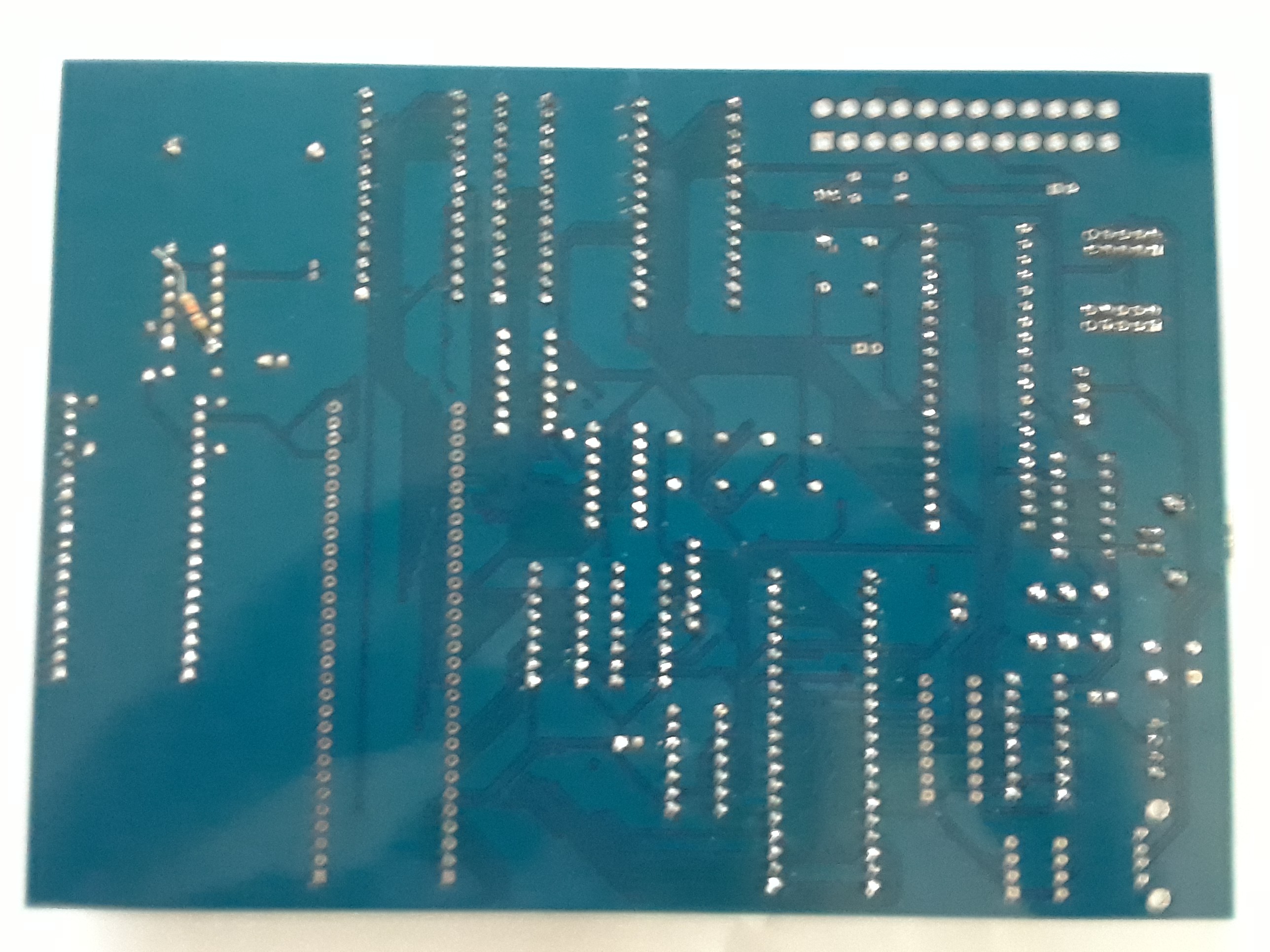
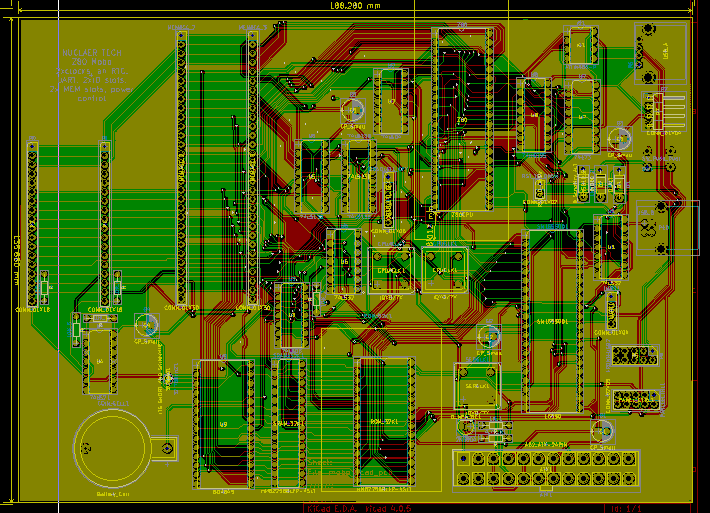
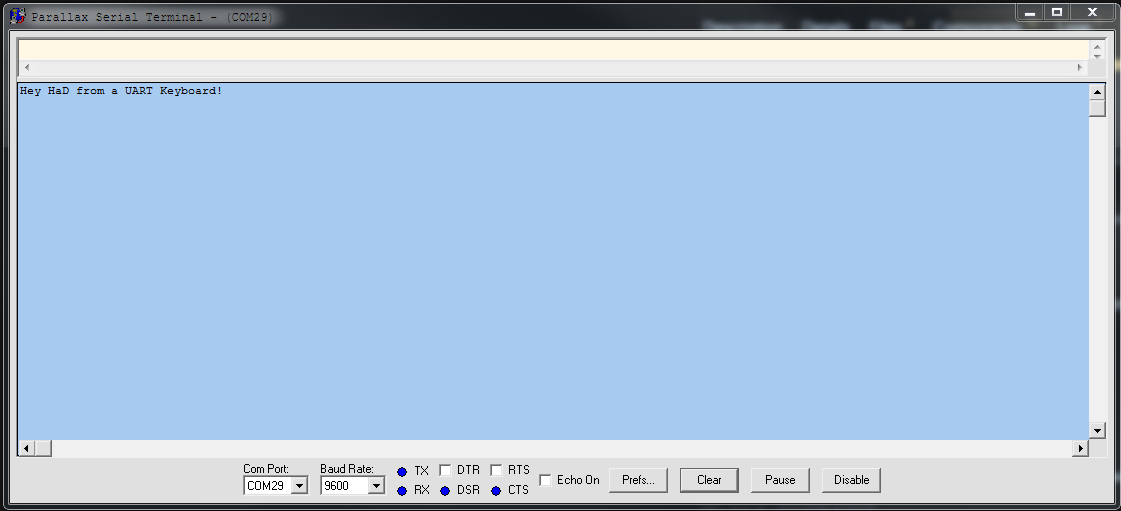
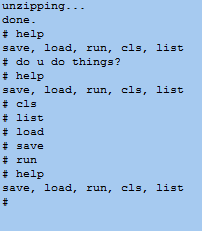
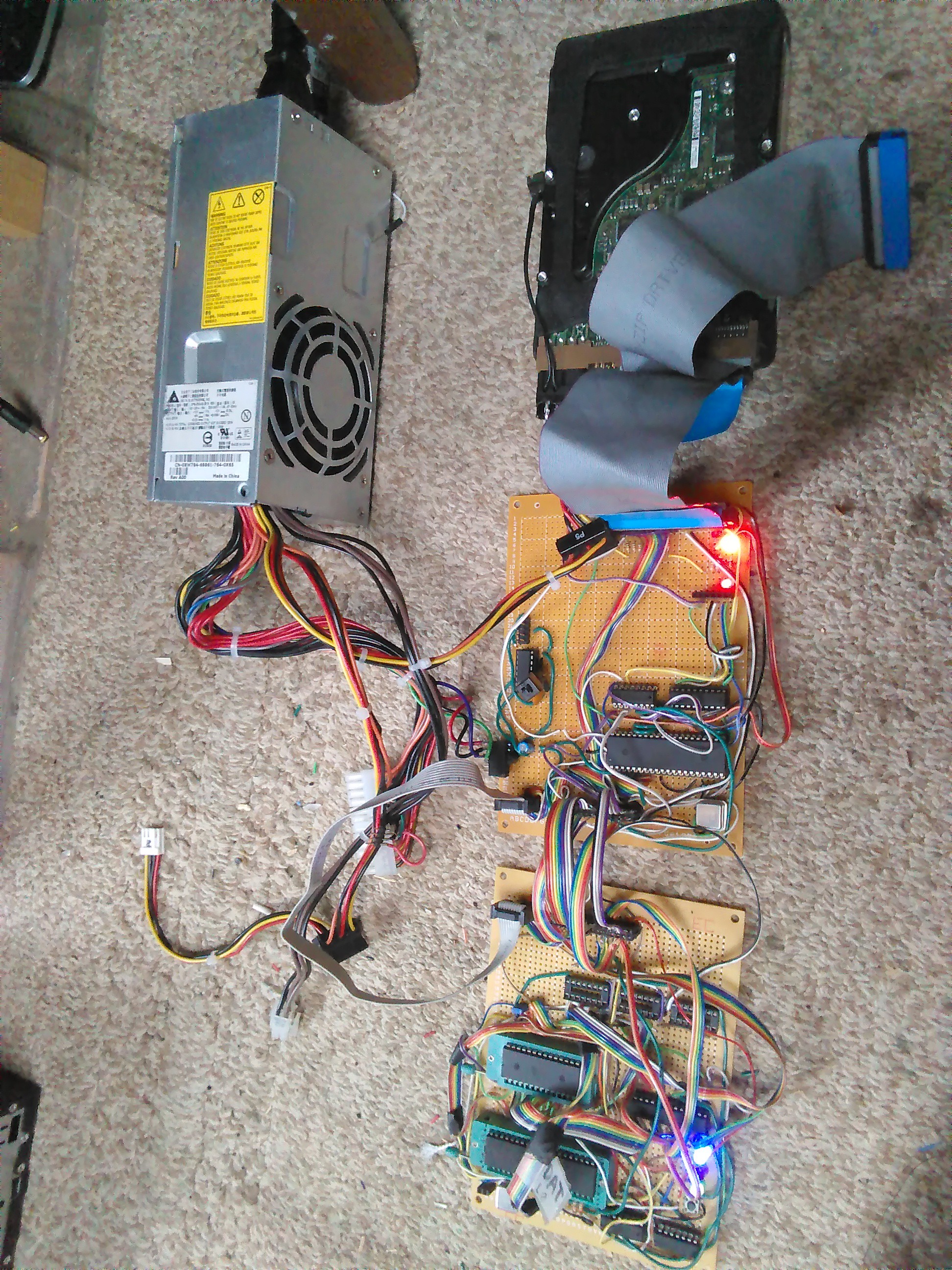
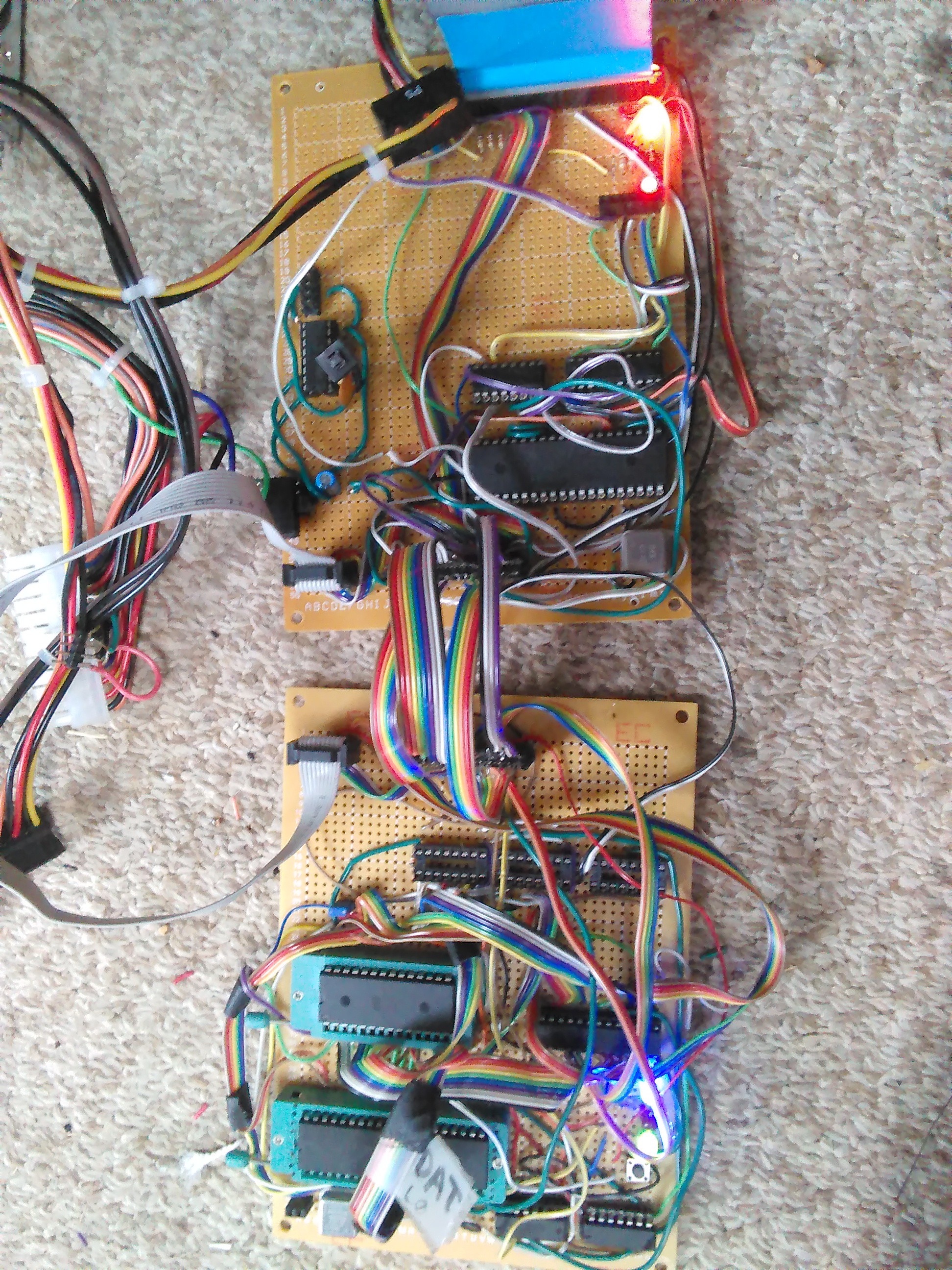







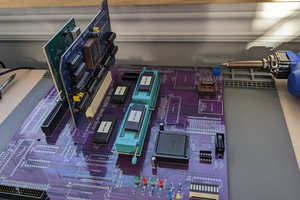
 Dominic Emond-Belanger
Dominic Emond-Belanger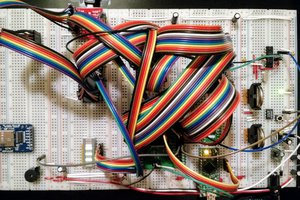
 James Ots
James Ots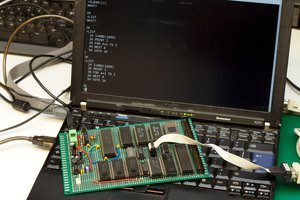
 Marek Więcek
Marek Więcek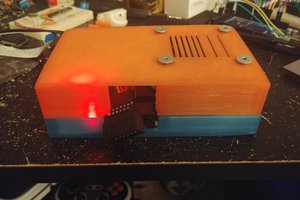
 FloppidyDingo
FloppidyDingo
this is awesome.